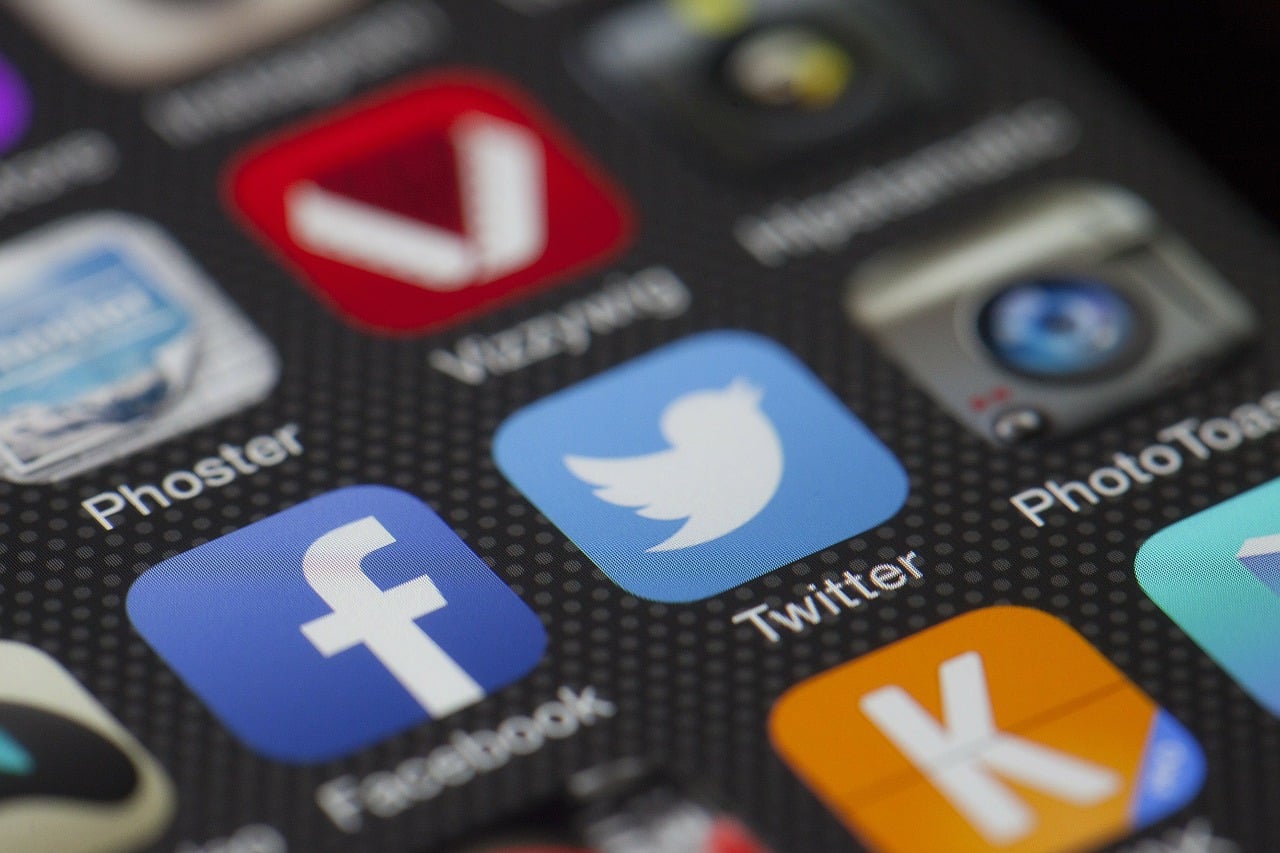Live Photos are a popular iOS feature, and allow you to convert your photos to something similar to the living photographs in Harry Potter. However, if you have tried sharing a Live Photo on Twitter, it only appears as a still photo. Thus, you first have to convert that live photo into a GIF using another app and then share that GIF on Twitter. This not only takes some of the fun out of it, but is time consuming as well. Realizing this, the micro-bogging site recently added support for Live Photos, allowing iPhone or iPad users to share Live Photos on Twitter.
A much-awaited feature
In 2015, Apple first introduced Live Photos with the iPhone 6s. Tumblr and Facebook added support for Live Photos in the same year, allowing users to share them freely. Google’s iOS app has also been able to convert Live Photos to GIF since 2016. From 2017, Apple allowed users to embed Live Photos to any website.
This means, Twitter is late in adding support for Live Photos. Nevertheless, it is still a welcome feature for Twitter users who can now directly post Live Photos as GIFs on the micro-blogging site, i.e., you won’t need a third-party app to first convert your Live Photo into a GIF. Now all the processing will be handled by Twitter itself.
“Give the gift of GIFs. You can now upload your iOS Live Photos as GIFs anywhere you upload photos on Twitter,” Twitter said while announcing the new feature.
Give the gift of GIFs. You can now upload your iOS Live Photos as GIFs anywhere you upload photos on Twitter. pic.twitter.com/D8TIfsBwyd
— Twitter (@Twitter) December 11, 2019
Separately, Twitter will also preserve the JPEG encoding on images up to 16 MP provided they are uploaded via Twitter for Web. This will ensure that the image quality does not degrade. The company will still compress the thumbnails, which users see on their timeline. But, when a user clicks on the thumbnail to view the image, they will get the image in high resolution.
Further, Twitter noted that it will still impose limits for images, but those will be “generous.” The micro-blogging site will continue to remove EXIF data from the images.
Now let’s see how to share Live Photos on Twitter using your iPhone or iPad. The process to do so is very easy, but before we detail it, you will have to enable the Live Photos feature on your iPhone or iPad camera app. You can skip this part if you want to share a Live Photo already preset on your iOS device.
To enable Live Photos, go to the Camera app on your iOS device, and ensure that the Live icon (in the top-right) is not crossed out. If it is crossed out, then tap on it to un-cross it. Now, to take a Live Photo, just tap the shutter button.
Now that you have a Live Photo, let’s see how you can share it as a GIF on Twitter. The steps or process will be the same to share a Live Photo in a retweet with comment, replies, and DMs. Following are the steps to share Live Photos as GIF on Twitter:
- Open the Twitter app on your iPhone or iPad.
- From the Home tab, tap on the Compose button represented by a feather encased in a blue circle (in the bottom-right).
- Search the Live Photo in the quick-access image bar. If the Live Photo that you want to share is not there, tap the Gallery button and then select the Live Photo.
- The Live Photo will now load into the tweet preview. Now tap on the “GIF” button in the bottom-left. Your Live Photo will now convert into a GIF. You can press the Play button to see how it plays.
- Type any message to go along with the GIF.
- Tap the “Tweet” button.
That’s it!
You can refer to Twitter’s instructions on sharing Live Photos as well, using this link.
How to hide replies to your tweets
Twitter, last month, came out with another useful feature, giving users the ability to hide unwanted replies to their tweets. This new feature is part of a broader effort from the company to make the platform less toxic.
Twitter has been testing the said feature since earlier this year in selected countries, including Canada, Japan and the U.S. Now, the feature is available to all users globally.
“Currently, repliers can shift the topic or tone of a discussion and derail what you and your audience want to talk about,” Twitter said in a blog post announcing the new feature. “We learned that the feature is a useful new way to manage your conversations.”
To hide any reply to their tweet, a user just needs to tap the gray icon on the post and select “hide reply.” Users will also get the option to block the person whose reply they hid. It must be noted that such replies are not deleted, rather are moved to another page. To view the hidden replies, other users will have to select the “hidden reply” icon on the tweet.





